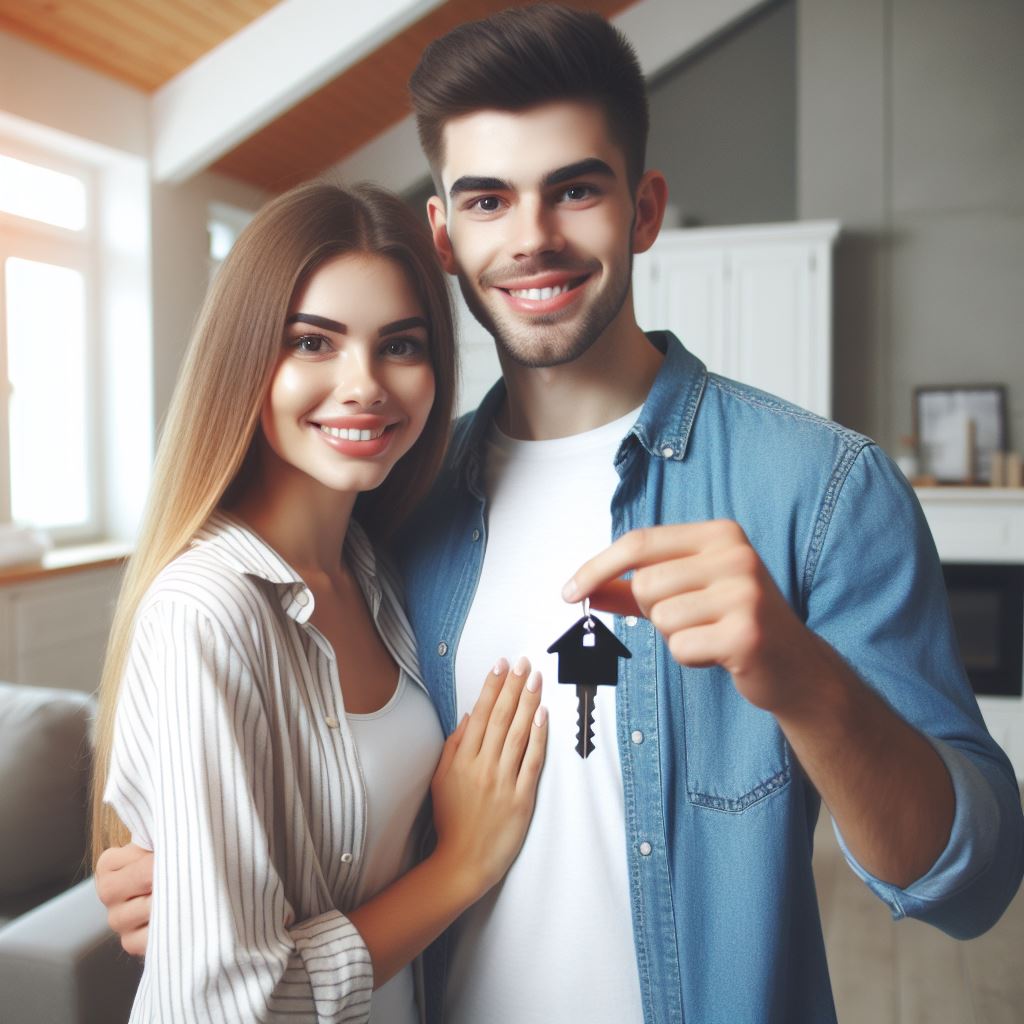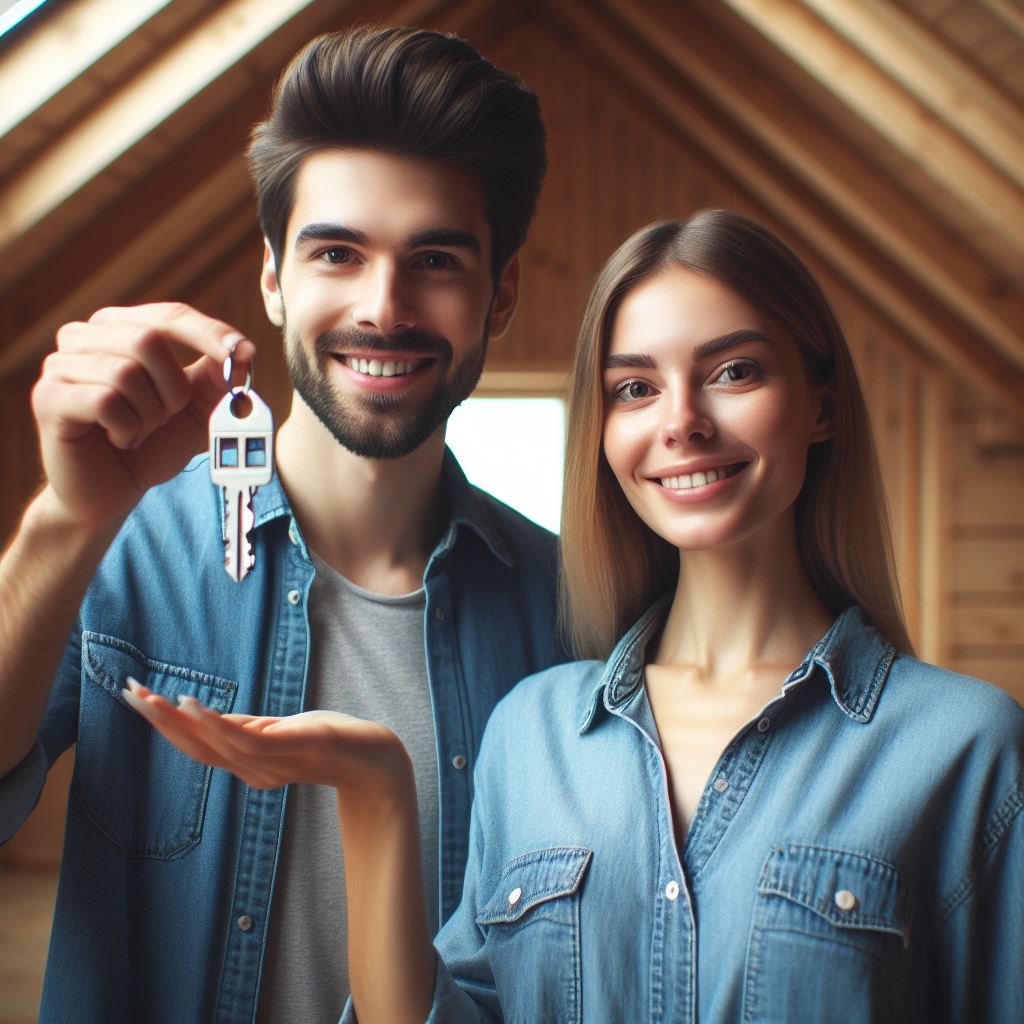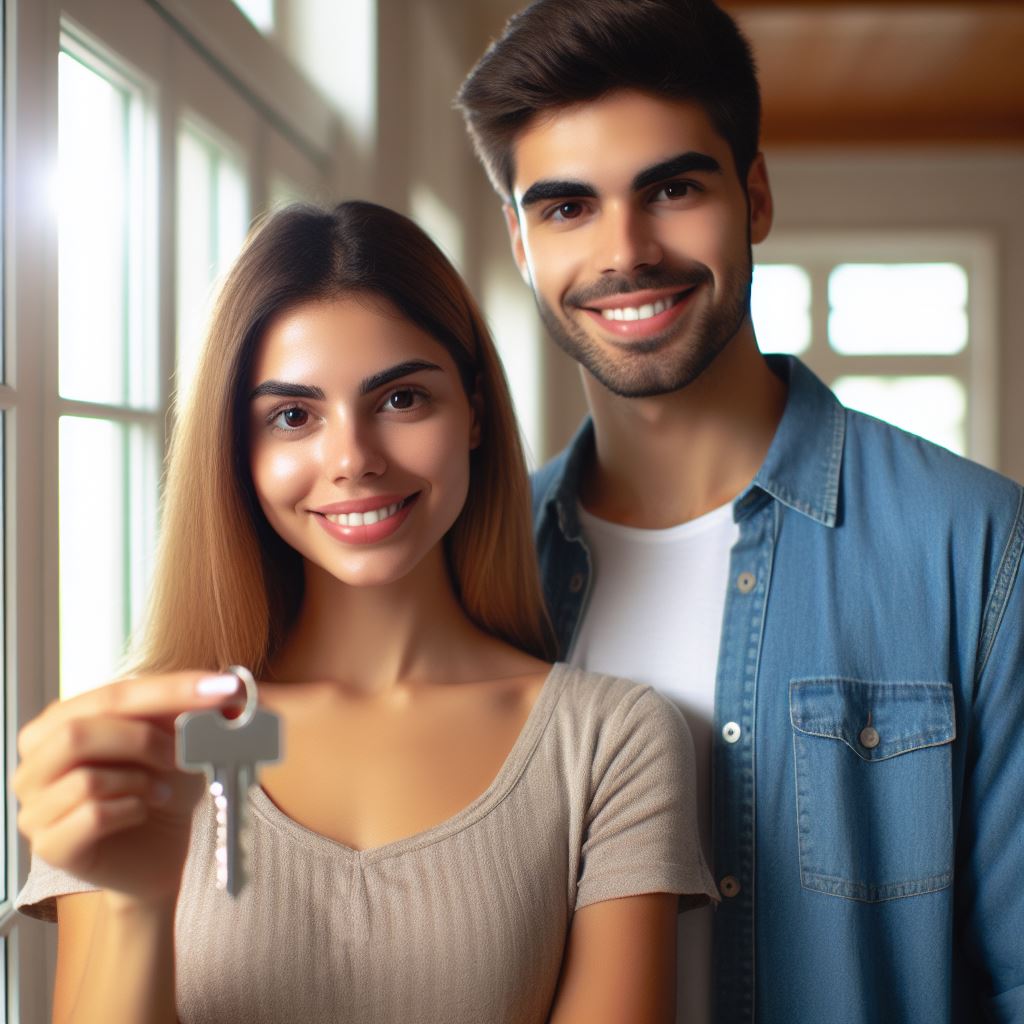Introduction
Future-proofing homes entails a comprehensive approach to design and construction, ensuring they can adapt to evolving technological, environmental, and societal changes.
It involves integrating sustainable materials, energy-efficient systems, and flexible layouts that can accommodate future needs, such as advancements in home automation, renewable energy sources, and changes in lifestyle preferences.
Long-term value in real estate transcends short-lived trends and market fluctuations.
It focuses on investing in features and upgrades that not only enhance the current living experience but also preserve and increase the property’s worth over time.
Factors such as location, quality of construction, energy efficiency, and durability play pivotal roles in determining a home’s long-term value.
By prioritizing these aspects, homeowners can maximize their returns on investment and mitigate risks associated with economic downturns or shifts in buyer preferences.
The purpose of this blog post is to provide homeowners with actionable insights and strategies to future-proof their homes, thereby safeguarding their investments and ensuring sustained value.
By adopting forward-thinking approaches to design, renovation, and maintenance, homeowners can create residences that remain desirable and adaptable for years to come.
Through a combination of smart planning, informed decision-making, and proactive measures, individuals can not only enhance their quality of life but also position their properties as valuable assets in the ever-changing real estate market landscape.
Energy Efficiency Improvements
Importance of energy efficiency for long-term cost savings
Energy efficiency is crucial for long-term cost savings in your home.
By making intentional choices to reduce energy consumption, you not only contribute to a sustainable future but also save money on utility bills.
Tips for improving energy efficiency
Here are a few tips to improve the energy efficiency of your home:
- Install energy-efficient appliances: Replace old, energy-guzzling appliances with newer models that have higher energy efficiency ratings.
Look for appliances that are ENERGY STAR certified, as they meet strict efficiency standards. - Upgrade insulation: Proper insulation helps maintain a consistent temperature indoors, reducing the need to rely heavily on heating or cooling systems.
Consider adding insulation to walls, attics, and crawl spaces for optimal energy efficiency. - Install solar panels: Harness the power of the sun by installing solar panels on your roof.
Solar energy is a renewable resource that can significantly reduce your reliance on conventional electricity, resulting in long-term cost savings. - Use LED lighting: Replace traditional incandescent bulbs with LED lights.
LED bulbs consume significantly less energy and last much longer, resulting in lower energy bills and reduced maintenance costs.
Benefits of energy-efficient upgrades
By implementing these energy-efficient upgrades, you can enjoy several benefits:
- Lower utility bills: Energy-efficient appliances and technology consume less electricity, leading to reduced monthly expenses on energy bills.
- Improved comfort: Proper insulation and energy-efficient appliances help maintain a comfortable temperature within your home year-round, enhancing your overall comfort.
- Reduced environmental impact: By minimizing energy consumption, you actively contribute to reducing greenhouse gas emissions and combating climate change.
- Increase in home value: Energy-efficient homes are highly sought after in the real estate market.
By investing in energy-efficient upgrades, you can increase the resale value of your property.
Furthermore, energy-efficient homes are attractive to potential buyers due to their long-term cost savings potential and environmental consciousness.
Making these upgrades not only benefits you as a homeowner but also ensures a sustainable future for generations to come.
Read: HUD Homes: A Buyer’s Introduction
Technology Integration
In order to future-proof your home and increase its long-term value, integrating technology is of utmost importance.
Technology has revolutionized our lives, and it can do the same for our homes.
Role of technology in future-proofing homes
Technology plays a crucial role in ensuring that our homes are equipped with the latest advancements, making them more efficient, secure, and convenient.
It enhances our quality of life and adds value to our properties.
Tips for integrating technology
- Install a smart home system: A smart home system allows you to control various aspects of your home, such as lighting, temperature, security, and entertainment, from a single device or through voice commands.
- Use IoT devices for monitoring and control: Internet of Things (IoT) devices, such as smart thermostats, smart appliances, and home security systems, enable you to monitor and control your home remotely.
- Consider home automation options: Home automation provides seamless integration of various systems, including lighting, heating, cooling, audio/video, and security, through a centralized control system.
Advantages of technology integration in the long run
Integrating technology into your home offers numerous advantages that have long-term benefits:
- Increased energy efficiency: Smart home systems and IoT devices allow you to optimize energy usage, reducing your utility bills and carbon footprint.
- Enhanced security: With advanced security systems, including smart locks, video doorbells, and surveillance cameras, you can monitor your home and receive alerts on your smartphone, ensuring the safety of your property.
- Convenience and comfort: Technology integration allows you to automate various tasks, creating a more comfortable and convenient living environment.
You can schedule lights, adjust temperatures, and even set up personalized scenes with the touch of a button. - Improved home value: Homes with integrated technology are more attractive to potential buyers.
They offer a modern and sophisticated living experience, increasing the long-term value of your property. - Future-proofing: By embracing technology, you ensure that your home is ready for future advancements.
You can easily upgrade and adapt your systems as new technologies emerge, staying ahead of the curve.
In fact, technology integration is essential for future-proofing your home and maximizing its long-term value.
By installing a smart home system, utilizing IoT devices, and considering home automation options, you can enjoy increased energy efficiency, enhanced security, convenience, comfort, and improved home value.
Embracing technology also ensures that your home is ready for future advancements, keeping you ahead in the ever-evolving world of smart homes.
Read: HomePath Ready Buyer Program Explained
Flexibility and Adaptability
Flexibility and adaptability are crucial when designing a home as they allow for changes and adjustments.
Tips to enhance flexibility and adaptability
- Open floor plans for easy layout changes.
- Multi-purpose rooms for versatility.
- Consider future needs and potential changes.
Benefits of a flexible and adaptable home for long-term value
A home with flexibility and adaptability holds several advantages for long-term value:
- Future-proofing: A flexible home is prepared for the uncertainties and demands of the future.
- Cost savings: By adapting the existing layout, there is no need for expensive renovations or additional construction.
- Increased functionality: A flexible design allows for rooms to be repurposed and used for different purposes as needs change.
- Customization: Adaptable homes can be customized to fit the specific needs and preferences of individuals or families.
- Higher resale value: A home that can easily adapt to different lifestyles and requirements attracts a wider range of potential buyers, potentially increasing resale value.
- Aging in place: A flexible home enables older homeowners to age in place comfortably and safely without the need for major modifications.
- Sustainable living: Adaptable homes promote sustainable living since they can be adjusted to optimize energy efficiency.
By implementing these tips and designing with flexibility and adaptability in mind, homeowners can ensure their homes remain valuable and functional in the long run.
Read: Closing Cost Assistance Programs Demystified

Sustainable Practices
Incorporating sustainability into a home is crucial for both the environment and the homeowners themselves.
Tips for Sustainable Practices
- Use eco-friendly materials to minimize the negative impact on the environment.
- Install water-saving fixtures like low-flow toilets and faucets to conserve water.
- Create a garden or plant trees around your home to provide natural insulation and reduce energy consumption.
- Implement rainwater harvesting systems to collect and reuse rainwater for various household purposes.
Long-term Benefits of Sustainable Practices in a Home
By incorporating sustainable practices, homeowners can enjoy several long-term benefits:
- Cost Savings: Sustainable features reduce energy and water consumption, resulting in lower utility bills.
- Increased Property Value: Eco-friendly homes are in high demand, attracting more potential buyers.
- Better Indoor Air Quality: Using eco-friendly materials and proper ventilation systems improve indoor air quality.
- Durability: Sustainable materials and practices contribute to the longevity of a home, reducing maintenance and repair costs.
- Health Benefits: Creating a healthier living environment by minimizing exposure to toxins improves residents’ well-being.
Implementing sustainable practices not only benefits the homeowners but also helps protect the planet for future generations.
Read: First Home Purchase: Government Loan Benefits
Accessibility Features
As the population ages, incorporating accessibility features in homes becomes increasingly important.
Tips for adding accessibility features
- Installing grab bars and handrails throughout the house provides stability and support.
- Incorporating wider doorways and ramps allows for easy maneuverability, especially for individuals with mobility issues.
- Consider a ground-floor bedroom and bathroom for convenience and accessibility.
- Ensure a step-free entrance by using ramps or a gently sloping pathway.
Benefits of accessibility features for long-term livability and home value
Integrating accessibility features not only enhances the quality of life for individuals but also adds value to the home.
Including accessibility features in a home not only benefits seniors but also individuals with disabilities.
People are living longer, and aging in place has become a popular choice.
By incorporating grab bars and handrails, homeowners can reduce the risk of falls and accidents.
Wider doorways and ramps facilitate easy movement of wheelchairs, making the home more usable for all.
A ground-floor bedroom and bathroom eliminate the need to climb stairs, increasing convenience and accessibility.
Providing a step-free entrance ensures that individuals can enter and exit the home without any obstacles.
Having these accessibility features in place makes the home desirable to a wider range of buyers.
As the demand for accessible homes increases, the property’s value is likely to appreciate significantly.
Moreover, adding accessibility features can be a wise investment even if you don’t plan to sell your home.
Accidents and disabilities can happen to anyone, and having a home that accommodates these needs can be invaluable.
It allows individuals to age gracefully, maintain their independence, and live comfortably in their own homes.
Having these features already incorporated can save time and money in the future.
Additionally, homes that are designed with accessibility in mind have a wider market appeal.
Homebuyers are increasingly looking for properties that can adapt to their changing needs.
Properties with accessibility features are more likely to sell quickly and at a higher price point.
Investing in accessibility upgrades not only ensures the long-term livability of your home but also boosts its market value.
In general, incorporating accessibility features in your home not only enhances its long-term livability but also increases its value.
By installing grab bars, widening doorways, including ramps, and providing a ground-floor bedroom and bathroom, you can future-proof your home.
These features offer convenience, safety, and accessibility for aging in place and catering to the needs of individuals with disabilities.
Incorporating accessibility features is not only a smart decision for your future but also a wise investment for your home’s value.
Conclusion
Key Points Summary
In concluding our discussion on future-proofing your home for long-term value, it’s crucial to recap the key insights shared.
Future-proofing isn’t just a buzzword; it’s a strategic approach to ensuring that your investment retains its relevance and value over time.
Here’s a brief overview of the key points discussed:
- Invest Wisely: When making upgrades or renovations to your home, prioritize investments that offer long-term benefits rather than short-term fixes.
- Energy Efficiency Matters: Incorporating energy-efficient features not only reduces utility costs but also increases the overall sustainability of your home, appealing to environmentally conscious buyers.
- Adaptability is Key: Design your home with flexibility in mind, allowing for easy adaptation to changing needs, technologies, and lifestyle trends.
- Embrace Sustainable Practices: From eco-friendly materials to renewable energy sources, integrating sustainable practices into your home not only reduces environmental impact but also enhances its value in an increasingly eco-conscious market.
- Technology Integration Enhances Functionality: Incorporating smart home technology can greatly enhance the functionality and convenience of your home, appealing to tech-savvy buyers and future-proofing against technological advancements.
- Plan for Demographic Shifts: Consider the evolving needs and preferences of future homeowners, such as aging-in-place features for an aging population or flexible living spaces for multi-generational families.
Importance of Future-Proofing
Future-proofing your home is more than just a prudent investment strategy; it’s a safeguard against the unpredictable nature of the real estate market.
By future-proofing your home, you’re not only protecting your investment against potential market fluctuations but also increasing its attractiveness to potential buyers in the future.
In an ever-changing world where sustainability, technology, and demographic shifts play significant roles in shaping housing trends, future-proofing ensures that your home remains relevant and desirable for years to come.
It’s a proactive approach to real estate ownership that goes beyond simply maintaining property value; it’s about securing the long-term viability and resilience of your investment.
Encouragement to Take Action
As we conclude our discussion, I encourage you to take proactive steps towards future-proofing your home.
Consult with experts in real estate, design, and sustainability to make informed decisions that align with your long-term goals.
Prioritize investments that offer enduring value and flexibility, and don’t underestimate the importance of innovation and sustainability in securing the future value of your home.
By taking action now, you can ensure that your home remains a valuable asset for generations to come.




